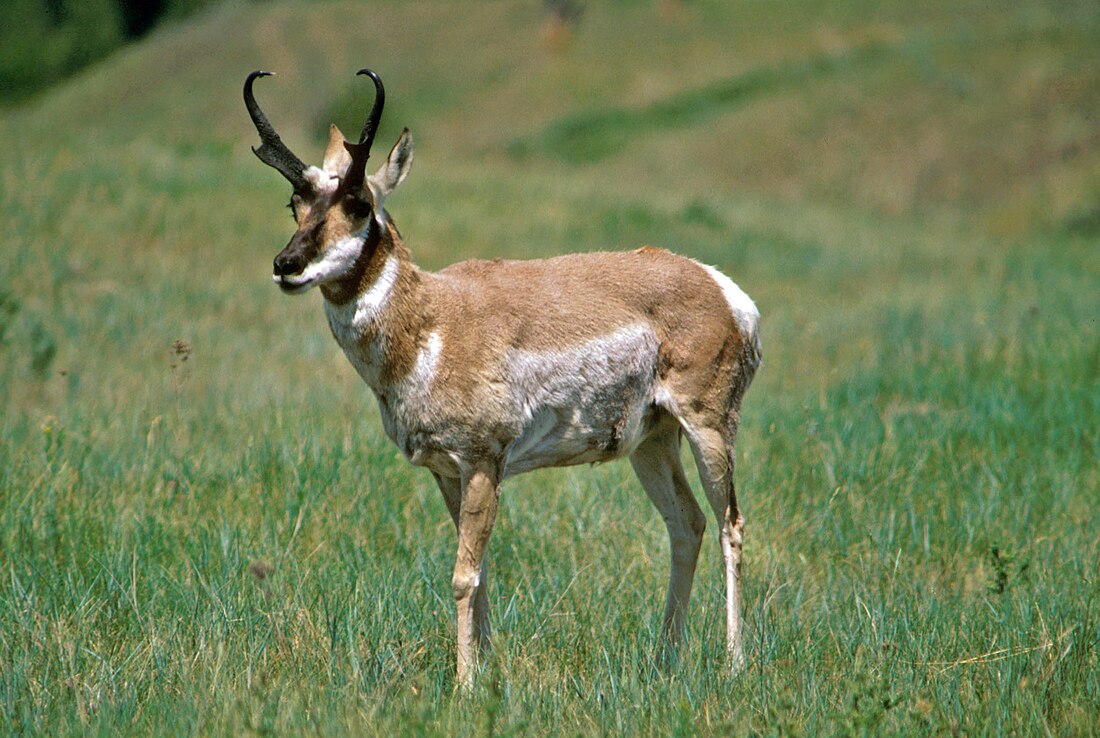Artiodactyl
order of mammals From Wikipedia, the free encyclopedia
Remove ads
The Artiodactyla are even-toed ungulates, an order of mammals. They have an even number of toes: two or four. For example, camelids or animals of the Giraffidae family have two toes, but hippopotami have four toes.
Cetartiodactyla is a proposed superorder of mammals Containing the orders Artiodactyla and Cetacea. Right now, Cetartiodactyla is just a synonym.
Remove ads
Digestion
Some artiodactyls are ruminants (Ruminantia and Tylopoda). They ruminate their food—they regurgitate and re-chew it. This is a very important evolutionary advance. Their stomachs are divided into three to four sections.[2]
After eating, the food re-enters the mouth, where it is chewed again. The food passes to the "fermentation chamber" (rumen and reticulum), where microbes (bacteria, protozoa, and fungi) help to break down the cellulose found in plant material.[2]
This form of digestion has two advantages: ruminants can digest plants that are indigestible to other species, and they can take less time in eating. The animal spends only a short time out in the open with his head to the ground—rumination can happen later, in a sheltered area.[3]
Remove ads
Taxonomy
- Order Artiodactyla
- Suborder Suina
- Family Suidae
- Family Tayassuidae
- Family Hippopotamidae
- Subfamily †Maiaboarinae
- Suborder Tylopoda
- Family Camelidae
- Suborder Ruminantia
- Family Tragulidae
- Family Moschidae
- Family Cervidae
- Family Giraffidae
- Family Antilocapridae
- Family Bovidae
- Suborder Suina
Related pages
References
Other websites
Wikiwand - on
Seamless Wikipedia browsing. On steroids.
Remove ads

